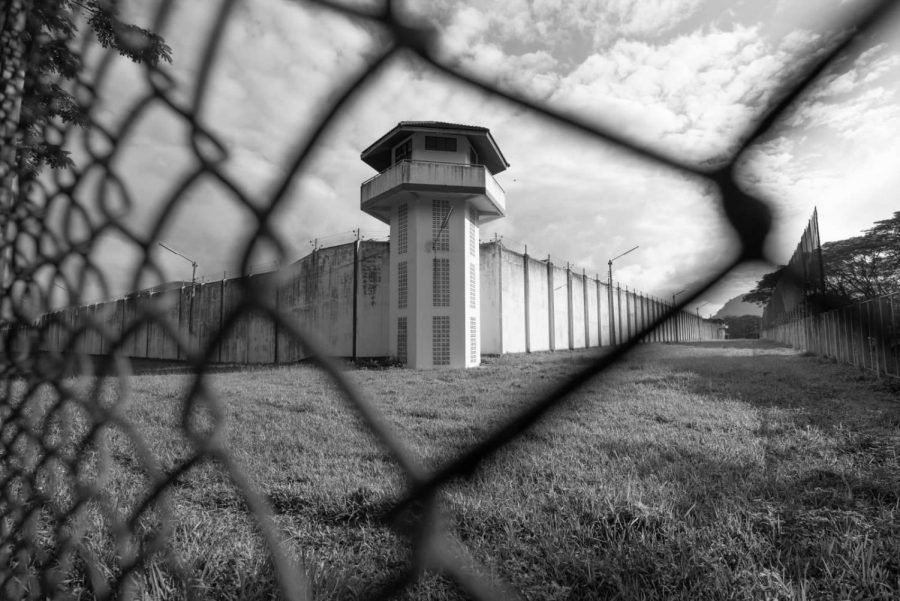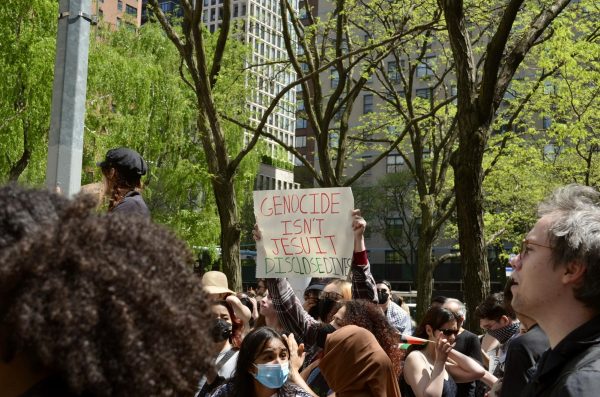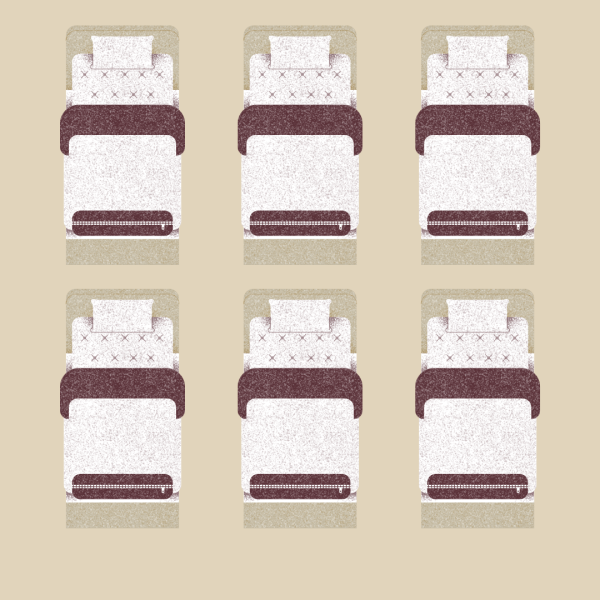COVID-19 Outbreaks in Prisons Highlight Issues of Incarceration System
In America’s prisons, jails and detention centers, COVID-19 has continued to wreak havoc, killing an average of seven inmates each day. With increased knowledge about the coronavirus as well as improved vaccination rollouts, pre-pandemic life has begun to restore itself. But unfortunately, this has not been the case for everyone. Action must be taken to protect the health of incarcerated persons by implementing more stringent COVID-19 precautions and addressing the issue of overcrowding.
Overcrowding in detention centers is not a new development. Incarcerated individuals have long suffered from inadequate living conditions, which intertwine with other issues like increased rates of violence, dangerous environments and insufficient medical care. In these unsanitary institutions, many prisoners are forced to sleep on floors and are served contaminated foods. While these problems have unfortunately persisted for decades, the pandemic has only made the need for change more dire.
Multiple studies conducted to evaluate the fatal effects of COVID-19 have determined that the virus has killed prisoners at a higher rate than the general population, with more than 525,000 infected inmates nationwide as of mid-April. As many as 2,700 inmates have died in custody due to a lack of sufficient medical care.
In recent months, the CDC studied a Wisconsin state prison, tracking an outbreak that lasted from Aug. 14 to Oct. 22 in 2020. In this prison, individuals share communal bathrooms, common areas and sleep in crowded rooms together. Following the inception of the outbreak, 79.4% of inmates and 22.6% of staff had tested positive for the virus. Many were hospitalized, and one male inmate died. The effects of this single outbreak lasted until Jan. 15, 2021, when reported cases finally returned to zero.
The publishers of this study wrote that “Implementing more effective intake quarantine procedures and available mitigation measures, including vaccination, among incarcerated persons is important to controlling transmission in prisons.” This indicates that the COVID-19 precautions in place, which only required that individuals wear face-coverings, were inadequate protection for prisoners.
Across the country, prisons have adjusted to the pandemic at a slower rate than the rest of society, implementing haphazard precautions and neglecting to prioritize inmates’ health. In the early stages of the virus, states failed to create adequate plans for prisoners, focusing more on keeping the virus out of detention centers instead of tackling outbreaks within the walls.
At one institution in Ohio, inmates even tried to fend for themselves, creating tents to separate themselves from each other with bedsheets. Despite their efforts, four in five individuals were infected.
To make matters worse, incarcerated people were not given vaccination priority in the early stages of America’s vaccine planning, despite facing a higher risk of infection due to their living situations. Many health experts like the CDC and the American Medical Association have advised that inmates should receive vaccinations before many other groups, acknowledging the dangers of overcrowding and poor ventilation.
Experts have emphasized the importance of vaccinating those who are at highest risk first, but many have trouble supporting inmates’ prioritized vaccination. While it is difficult to accept at times, we must ensure that providing medical care is not subjective. Vaccinating those in prisons and jails will lessen the spread of the virus, saving the lives of those inside and outside of institutions alike. Every individual should have access to vaccinations regardless of their past decisions or personal beliefs.
In response to those who argue that the incarcerated should not be prioritized, Dr. Jaimie Meyer, an associate professor at the Yale School of Medicine, said, “It’s like, ‘How dare they?’ But that’s not the question here. It’s not what we value or who we value. This is about who is at risk of disease. That’s it.”
However, another problem has arisen as many inmates have reported their hesitancy to accept vaccinations when they become available. In one study of 5,110 participants, only 44.9% reported their willingness to be vaccinated. When asked about why they felt this way, 54.8% of participants said that they felt they needed more information about it.
Based on these results, prisons and jails need to ensure that inmates have access to more information about the virus and vaccines, in addition to more sufficient social distancing and testing protocols. The overwhelming issues presented by the pandemic have only made the many faults of the incarceration system more clear. Living conditions must be improved within prisons both to finally contain the virus, and to preserve basic human rights for incarcerated individuals.
Madeline Byrne, FCRH ’23, is a psychology major and art history minor from Freehold, N.J.









